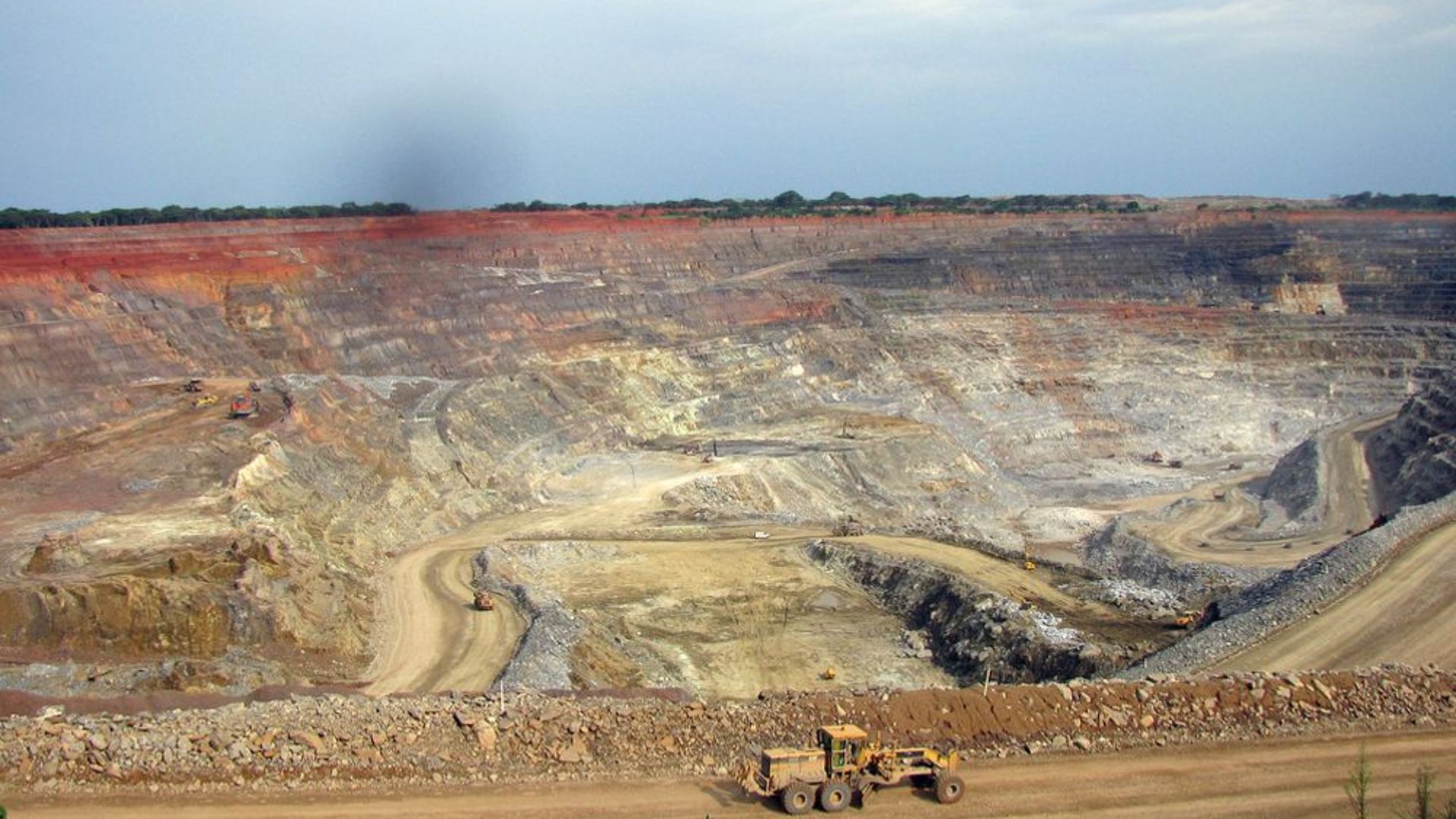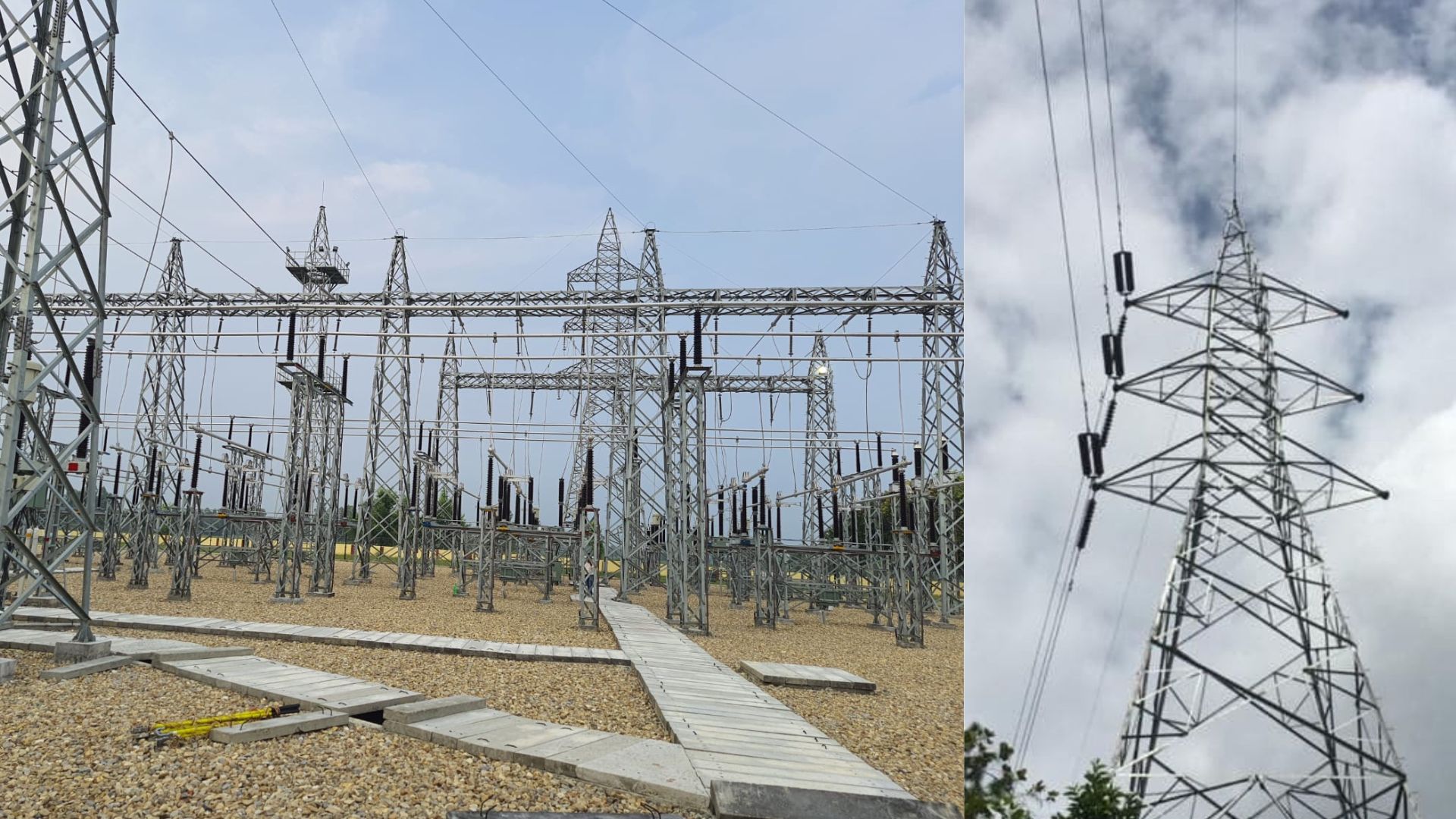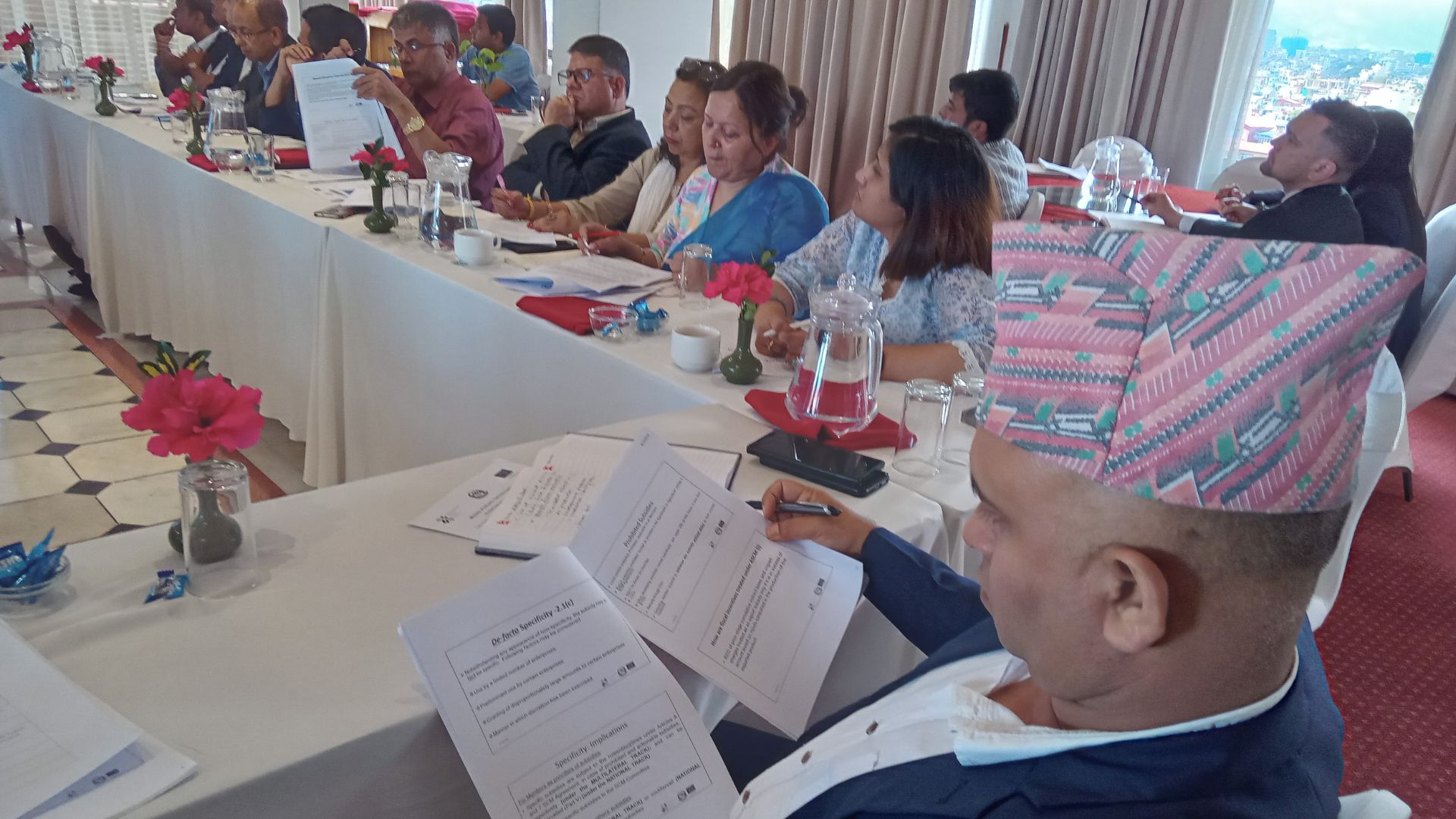
Blessed with rich copper reserves, Zambia has achieved most of its growth through mining and copper exports for which it gets heavy foreign investment. It is dominantly a mining economy with decades of experience in mining-related activities. Through it alone, Zambia had been able to achieve a high growth rate averaging 6.7% a year between 2005 and 2014. However, as far as investments go, it has solely been concentrated in the mining sectors. Hence, there still lies several vastly untapped opportunities in Zambia open for exploration.
In the context of Nepal, a study conducted by the World Bank and International Finance Corporation has pinpointed priority sectors for Nepal to focus on to boost sustainable investment, in which, tourism and agribusiness should be given highest importance. In order to see a comprehensive economic growth, collaboration between the two nations can prove to be beneficial for both. For this, expanding the bilateral relations between the two nations in order to boost cooperation in trade, investment, and other development fronts would be the best step forward.
Since the early 2000s, metalliferous ores and scrap have been the Zambia’s most important export. The minerals worked in Zambia include cobalt, gold, and silver, all of which occur in association with copper, the mineral with the highest reserve in Zambia. Apart from these, iron ore, lead and zinc are also found in Zambia. Zambia’s gemstones have been deemed one with highest value, of which Zambian emerald’s hold the prime value as second best in the entire world. Zambia’s emerald deposits are among the world’s largest and the gem is mined, cut and polished locally. Amethyst, aquamarine, and tourmaline are among other gems mined there.
The country has fabulous displays of falling water as they wind over the undulating landscape. Apart from the spectacular Victoria Falls, Zambia has seventeen other magnificent waterfalls and other vast lakes and rich rivers. The northern waterfalls are uncommercialized and a true spectacle for the beholder.
Nepal’s biggest exports to Zambia include Aircraft parts and other machineries. As of 2019, Nepal had a higher trade to Zambia with it exporting US$ 57.1k worth of products while trade from Zambia was negligible. Although Zambia’s chief export is copper, other prominent nontraditional exports such as copper wire, cables, gemstones, and fresh vegetables and flowers have also grown in the recent years. This opens up a new horizon of trade in the form of agribusiness. Cotton, coffee, tobacco, cassava, sugarcane and cashew nuts, among others, are some of the prioritized crops by the Zambian government. African coffee is regarded as one of the best in the world, given the climate it’s grown in.
Venturing into commercially farming hass avocadoes, which have a high oil content and longer shelf life poses as a great market opportunity as well: both locally and internationally. Nepal’s trade mostly involves textile products, tea, spices and vegetable oil. Both countries, being primarily agricultural in nature have prospects for trade in this sector. Due to the climatic differences, crops grown in the two nations vary and can be a potential trading advantage. Prospective trading of agriproducts include rice, legumes, herbs, palm and soyabean oil, perfumed flowers and more. Strengthening bilateral relations between Nepal and Zambia can further support import and export between the two countries, boosting their economies.
Although the tourism for Zambia mostly centers around viewing and visits to the Victoria Falls; a world recognized heritage site, the country has much more to offer when it comes to tourism. Blessed with awe-inspiring natural wonders, an abundance of wildlife, huge water bodies and vast open spaces, Zambia is the perfect place for people seeking to explore the real Africa. Geographically, Zambia lies on an elevated plateau and is covered with large parts by vast open woodlands and punctuated by river valleys. The abundant river system aids to flourish the plant life while Zambia’s extensive wetlands and floodplains provide a home to the huge numbers of large mammals and birds.
About 30% of Zambia’s lands is reserved for wildlife. There are 20 national parks and 34 game management areas in the country. With a vast biodiversity, Zambia offers a wide range of crossover of Southern and Central African species. Moreover, the climate and terrain of the country provides a home for classic many African animals and predators.
The country has fabulous displays of falling water as they wind over the undulating landscape. Apart from the spectacular Victoria Falls, Zambia has seventeen other magnificent waterfalls and other vast lakes and rich rivers. The northern waterfalls are uncommercialized and a true spectacle for the beholder. Deemed as the land of the legendary African walking safari, the wild Zambezi River and raw wilderness, Zambia proves to be a nature lovers paradise. The sundry terrain of the country serves as a gateway to have a face-to-face encounter with nature at its most wild. Spectacular waterways provide adrenaline-thrills or a leisurely playground of activities for all ages with adventure sports like waterfall climbing, white-water rafting in the gorges and non-water adventures like gorge swinging and abseiling. Also available to a limited market is hunting safaris, another unique experience for thrill seekers, which in turn yields income diverted into maintaining sanctuaries.
About 30% of Zambia’s lands is reserved for wildlife. There are 20 national parks and 34 game management areas in the country. With a vast biodiversity, Zambia offers a wide range of crossover of Southern and Central African species. Moreover, the climate and terrain of the country provides a home for classic many African animals and predators. The iconic South Luangwa National Park provides a habitat for big cats like lion and cheetah, crocodiles, hippos, wild buffalos, zebras, baboons as well as crowned cranes, grazing antelope, large herds of elephant and packs of wild dogs.
The Mosi-oa-Tunya, near Victoria Falls, is regarded as a Zoological park as it has a well managed population of antelope, elephants, giraffe and rhino, but does not have any predators. The wide variety of animals and birds are quite different than what are present in Asia and the guided walking safaris and night drives serve as a unique experience for safari goers. Because of the uniqueness it offers, African safaris are a sought-out tourism option that is mostly directed towards Kenya. However, with the Zambian counsel, this traffic can be diverted towards exploring Zambia, with as much options as the first, if not more with regards to raw wilderness and variety.
The tourism promotion is coordinated by the National Tourist Board and the Ministry of Tourism, Environment and Natural Resources in Zambia, and with the Zambian Counsel in Nepal, it ensures that tourists get the best experience out of their travel all the while assuring that the natural aspect of the tourism stays intact.
(Basnet is the Honorary Consul of Zambia in Kathmandu, Nepal)









